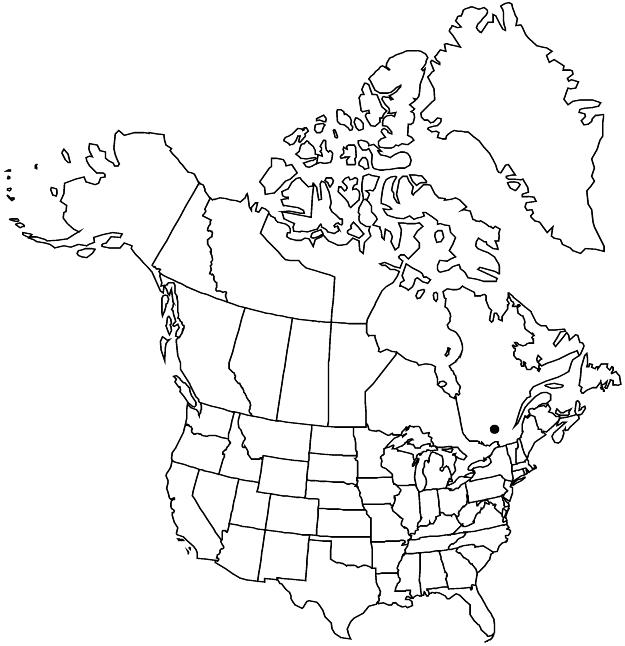Stellaria palustris
Deutschl. Fl. 1: 152. 1791.
Plants perennial, with slender creeping rhizomes. Stems straggling, with erect branches, smoothly 4-angled, (20–)30–60 cm, glabrous. Leaves sessile; blade linear-lanceolate, 1.5–5 cm × 1–4 mm, base cuneate, margins smooth, apex acute, glabrous, usually glaucous. Inflorescences terminal, (1–)2–21-flowered cymes; bracts narrowly lanceolate, 2–7 mm, herbaceous or scarious with green midrib, not ciliate. Pedicels ascending, 30–100 mm, glabrous. Flowers 12–18 mm diam.; sepals 5, distinctly 3-veined, lanceolate, 6–8 mm, margins wide, scarious, apex acute, glabrous; petals 5, 7–10 mm, 1.5–2 times as long as sepals; stamens 10; styles 3, erect, 5–7 mm; stigmas club-shaped. Capsules green to straw colored, ovoid-oblong, 8–10 mm, ± equaling sepals, apex acute, opening by 6 valves; carpophore absent. Seeds dark reddish brown, round, 1.2–1.4 mm diam., tuberculate; tubercles shallow, round. 2n = 130–188 (Europe), ca. 198.
Phenology: Flowering early summer.
Habitat: Hayfields and pastures subject to seasonal flooding
Elevation: 0-20 m
Distribution

Introduced; Que., Europe.
Discussion
Stellaria palustris is found along the Saint Lawrence estuary.